Frog in the Lotus Pond. By ANIL KUMAR BOSE , via Wikimedia Commons
WildArk’s Finding Nature in Your City series explores ways to connect with nature in and around the world’s largest cities.
India’s capital city, New Delhi is known for its crowded streets, endlessly tall buildings and noisy traffic, but its abundant parks, gardens, and forests offer respite from the concrete jungle. New Delhi is also home to the second largest city population of bird species in the world! So, if you are a nature lover in New Delhi, there is plenty of opportunity to enjoy the natural world.
Aravalli Biodiversity Park
The Aravalli Biodiversity Park is a must-see for any nature lover that finds themselves in New Delhi. It is 692 acres and forms part of one of the oldest mountain ranges in the world, the Aravalli Range, estimated to be 1500 million years old. It is also known as the ‘green lungs’ of the city, as it protects Delhi from the hot desert winds that blow in from the west.
The park is home to 190 species of birds and is responsible for earning Delhi the title of second most-bird rich city in the world, after Nairobi, Kenya.
After years of mining and environmental destruction, the park has undergone massive transformation since 2005. A replanting program was initiated to rehabilitate the land and has successfully introduced ten new ecosystems and 40 biotic communities to the park. It now features 1000 species of plants, 90 species of butterfly, 24 species of reptile as well as 20 forest communities. The planting of native species has been carried out, and a rangeland with native grasses developed. The park features a conservatory of butterflies, an orchidarium, and a fernery. It is open from 5.00am to 8.00pm and entry is free.
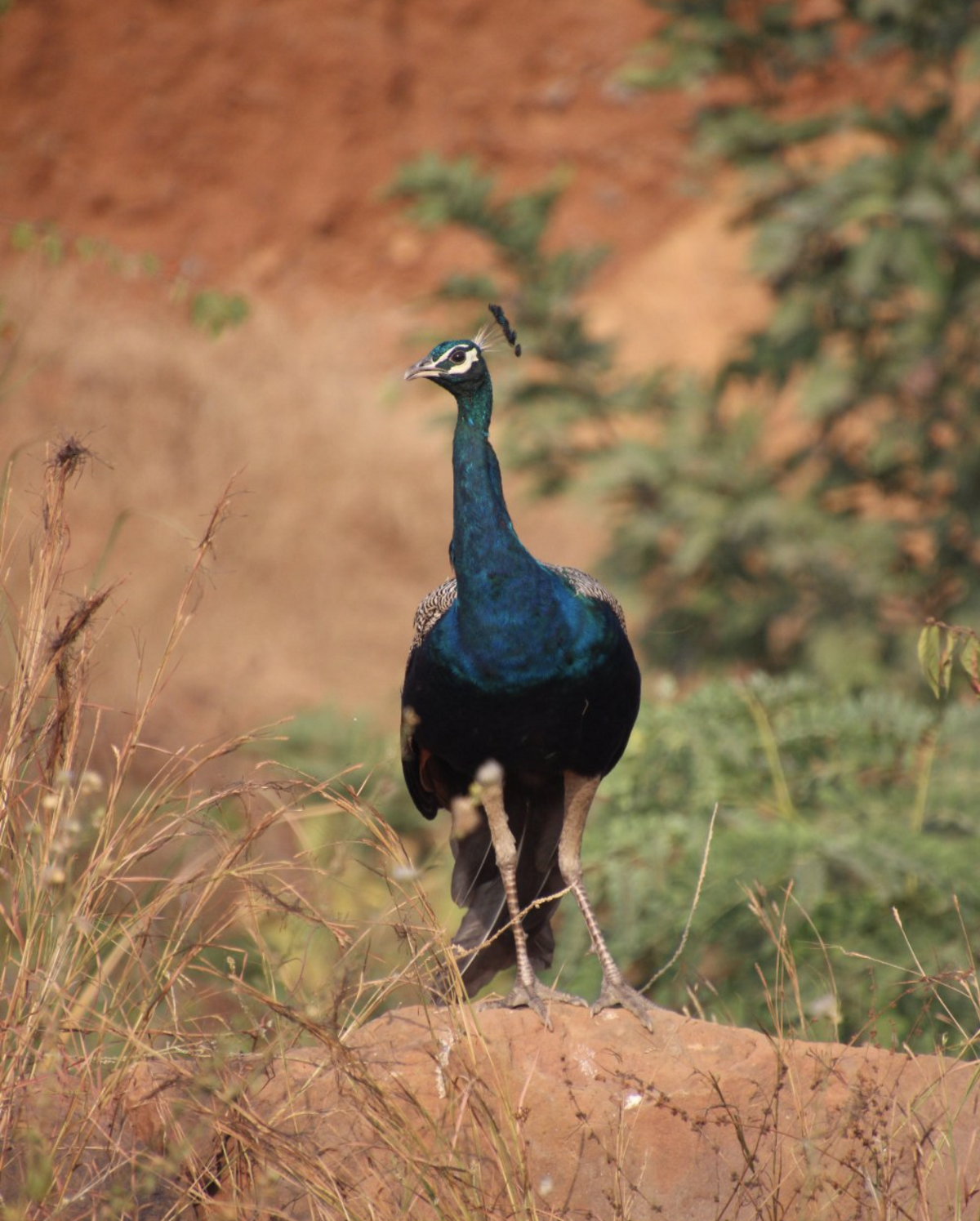
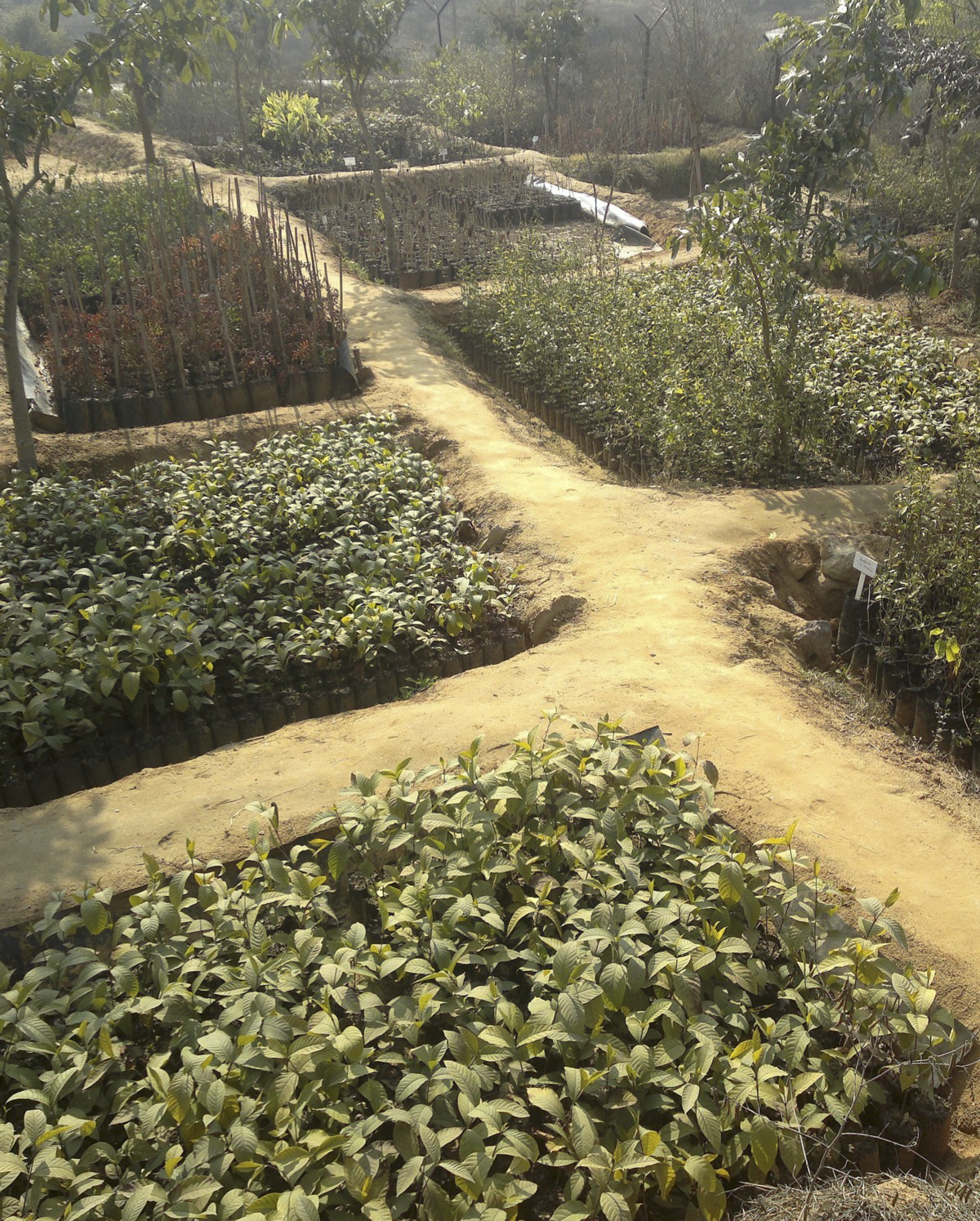
Peacocks in Aravalli Biodiversity Park. © Akhil via TripAdvisor.com ; (Right) Native Plant Nursery in Aravalli Biodiversity Park. © By T. R. Shankar Raman via Wikimedia Commons
Asola Bhatti Wildlife Sanctuary
The Asola Bhatti Wildlife Sanctuary is found in the far southern edge of the city, in Asola. It is the last remaining wild area containing semi-arid forest and native wildlife of the Delhi Ridge range. The sanctuary is home to 193 species of birds; 80 species of butterflies and hundreds of insects. Its mammals include the blue bull (largest antelope in the country), blackbuck (fastest land animal surviving in the wild in India), black naped-hare, porcupine, civets, jackals, jungle cats, and there are signs of leopard. The main attraction here is the Conservation Education Centre in the Forest Department building where you will find comprehensive information on local flora and fauna. There is also a 2km educational nature trail open to the public.
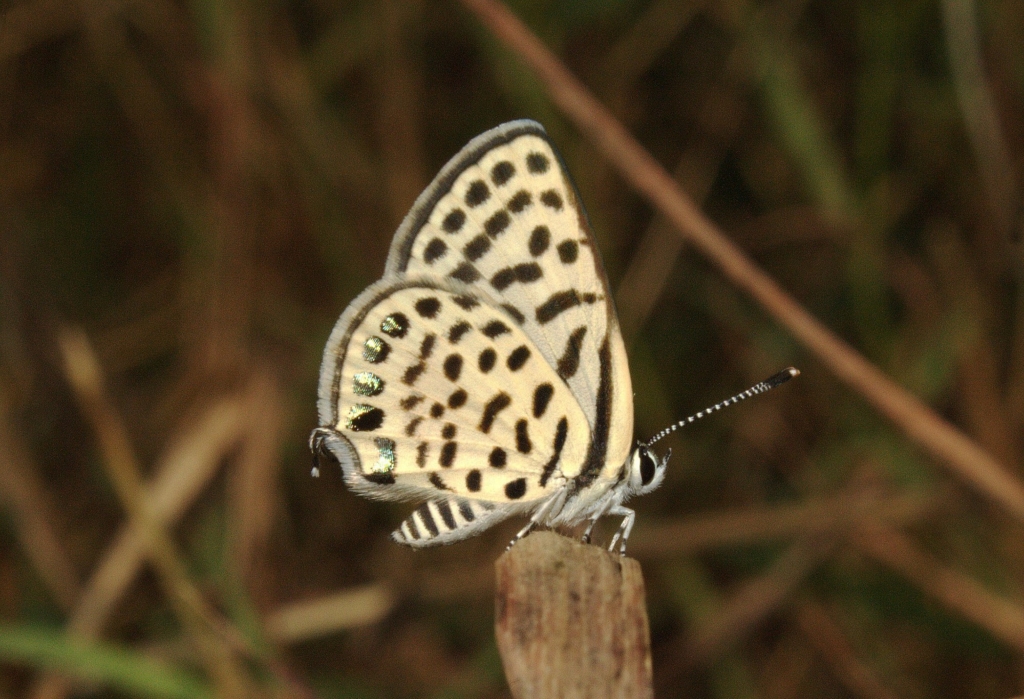
Spotted Pierrot Tracus Callinara butterfly © Dr. Raju Kasambe via Wikimedia Commons
Sanjay Van Forest
The Sanjay Van Forest is a densely wooded 783-acre wilderness area on the South Central Ridge outside Delhi. It is a haven for birds with 150 species recorded including the rare and beautiful Purple sunbirds, Asian koel, Brahminy Straking, Indian Silverbill and Grey-breasted prinia.
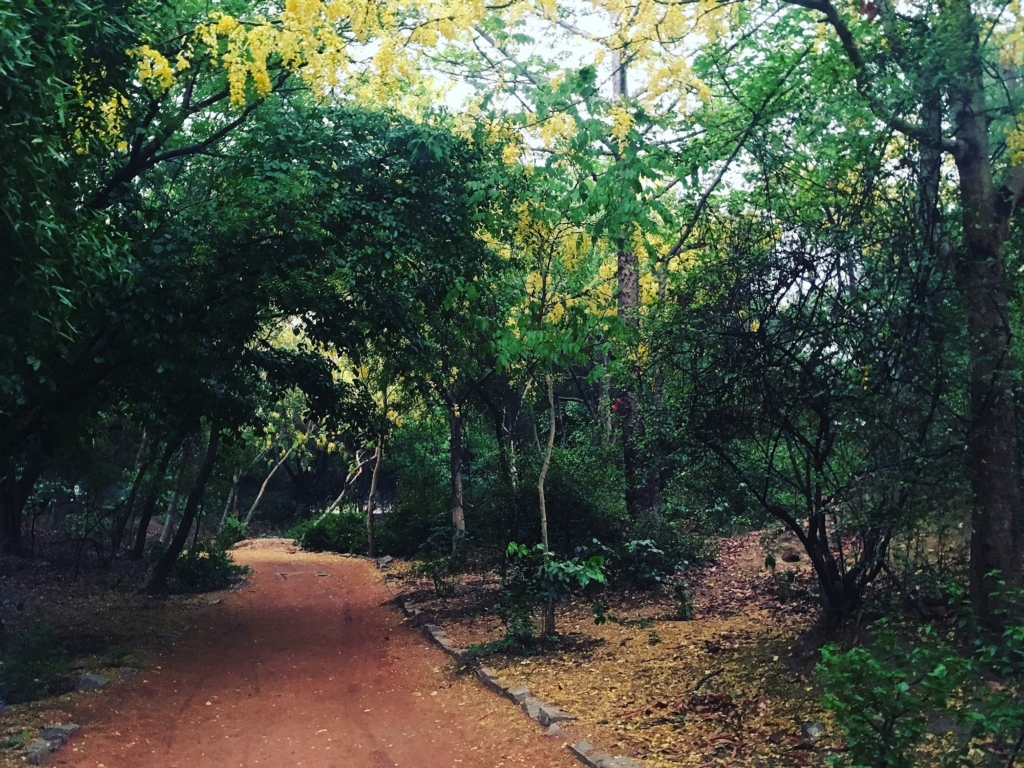
The jungle in Sanjay Van Forest just after the rain. © Pushpeshpant.10, via Wikimedia Commons
Yamuna Biodiversity Park
The Yamuna Biodiversity Park is 457 acres of biologically rich wetlands, vast grasslands near Wazirabad village. It has a wide variety of fruit-bearing trees and medicinal herbs and is a conservation area for endangered plants. The park regularly visited by many bird species including migratory ducks, Red-wattled lapwings, and other grassland birds. The reserve is divided into both a visitors area and nature reserve zone and features a nature interpretation center.
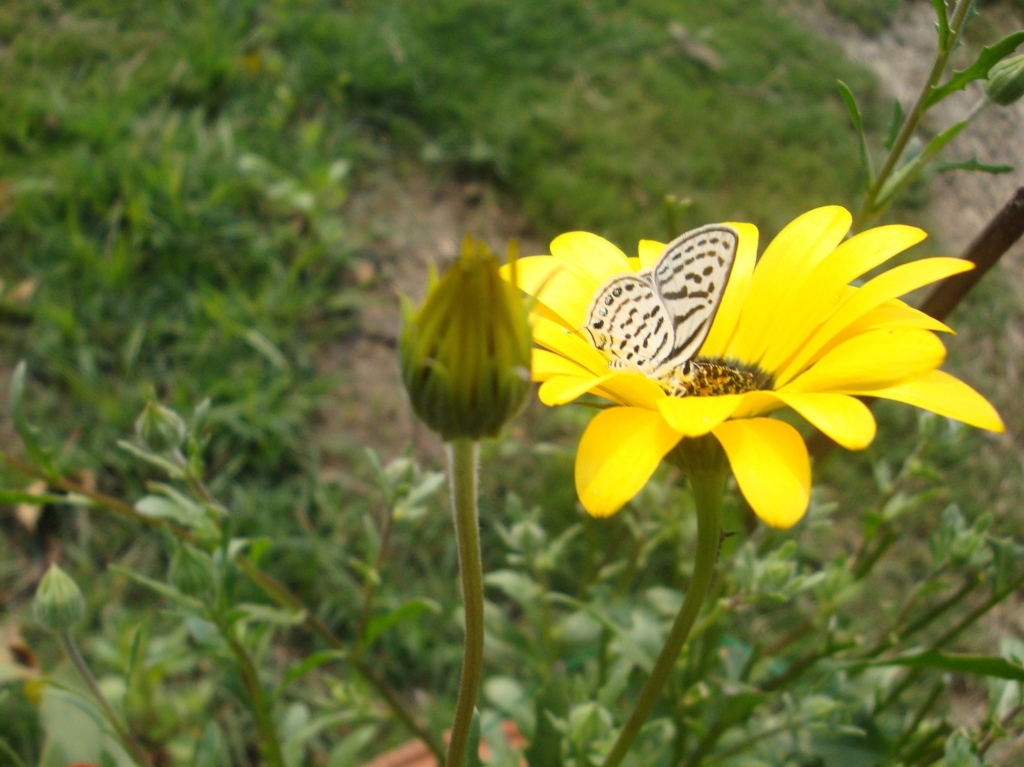
Black Spotted butterfly. By Prabhmeet Singh, via Wikimedia Commons
Lodhi Garden
Lodhi Garden is found in New Dehli and is best known for its two, vast and very beautiful Bougainvillea trees (the only two in Dehli). The 90-acre property offers peace and tranquillity in an otherwise busy city. Established in the 15th and 16th centuries, it has much cultural significance and houses the tombs of Sayid ruler Mohammed Shah and Lodhi King Sikandar Lodhi. A favourite feature of the garden is its bonsai garden.
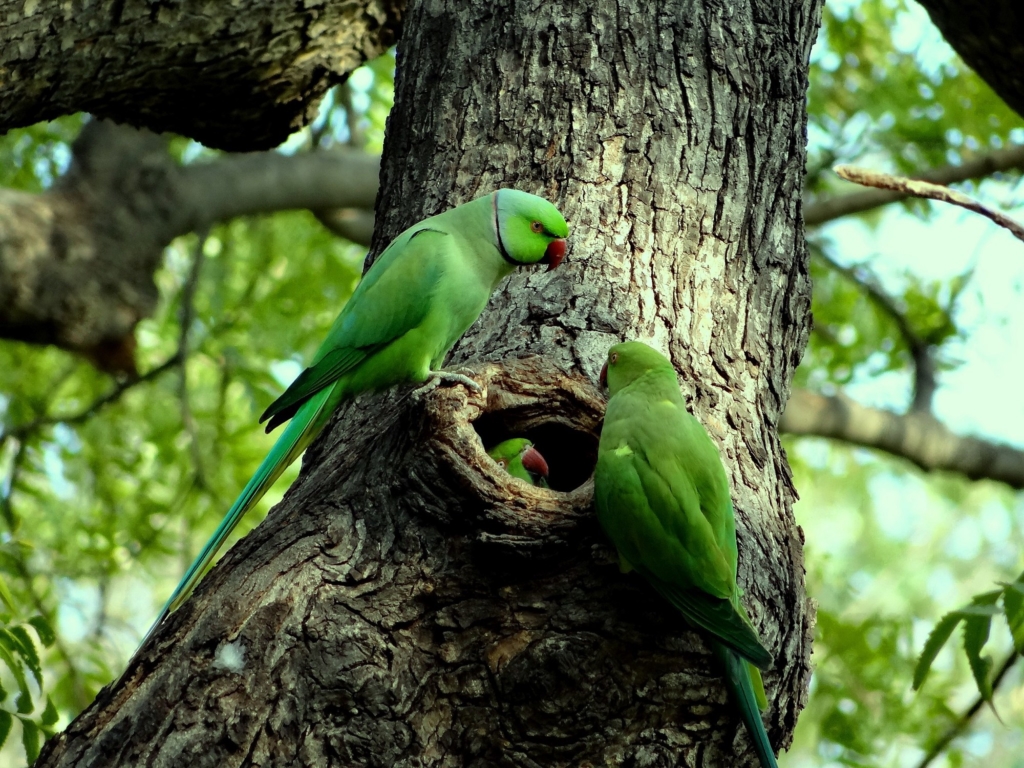
Rose Ringed Parakeet, Lodhi Garden, New Delhi. © By Subhapal3187 , via Wikimedia Commons
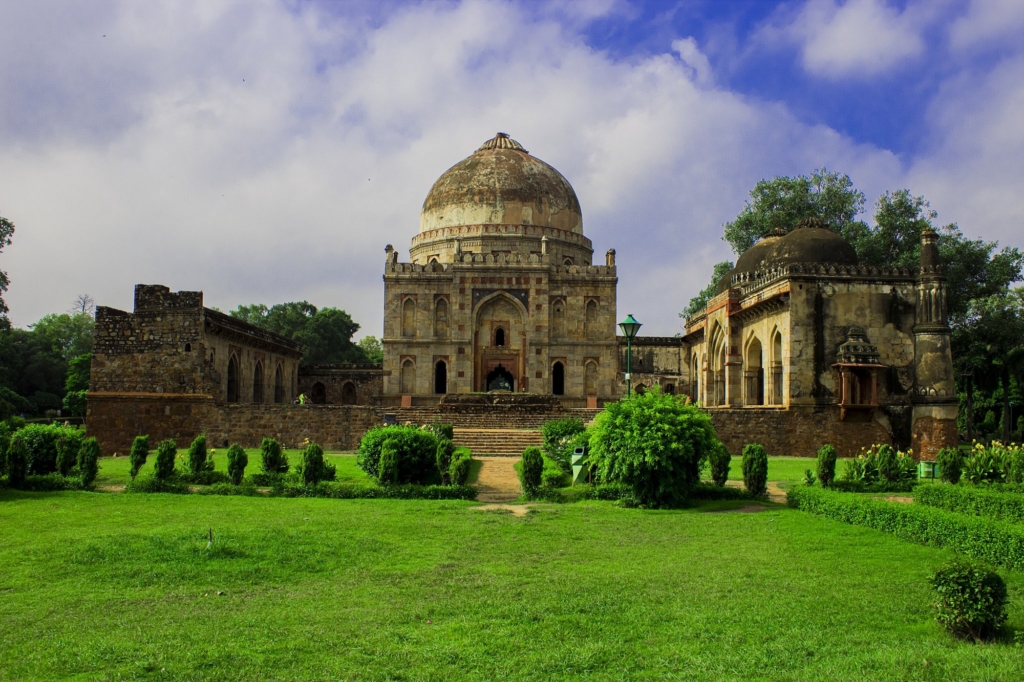
Bara Gumbad Mosque, Lodhi Garden. By Vinayakgpt98 , via Wikimedia Commons
National Rose Garden
The National Rose Garden is in the heart of Dehli at Chanakya Puri and features roses from all over the world. It is a well-maintained tourist attraction, of the most scenic in Dehli. The green and black roses are what everyone comes to see, but the rose lotus pond is not to be missed. Visit between December and February, when the roses are in full bloom.
Deer Park
The Deer Park located in South Dehli and is connected with the District Park and adjacent to the Rose Garden making it one of the most significant green spaces in Dehli, collectively called “the Lungs of Dehli.” It is a nature lovers haven where you can admire herds of deer, majestic peacocks, guinea pigs, rabbits, and birds or spend time at the green lake, a magnificent body of water. Entrance to the park is free, and it is open from 5.00am — 8.00pm in summer and 5.30am — 7.00pm in winter.
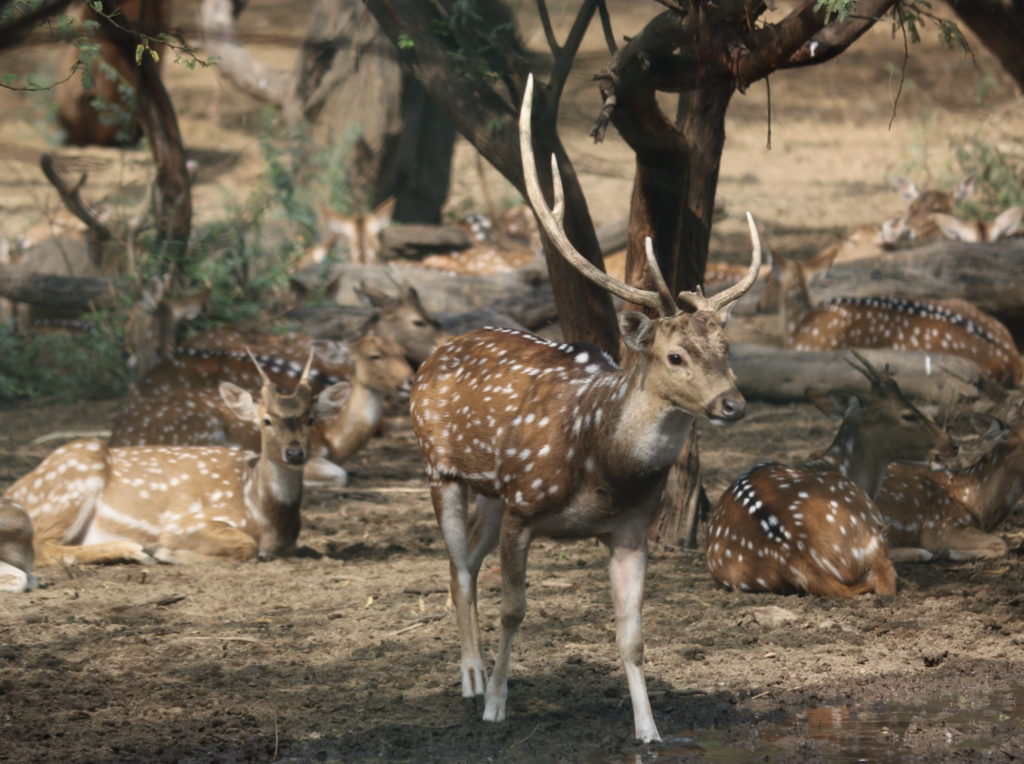
Deer in Deer Park. © Chetan Apa via TripAdvisor.com
Jahanpanah City Forest
It is easy to understand why this city forest is a top, tourist spot. Located in South Dehli, the densely forested 435-acre park is easy to get lost. “Jahanpanah” means refuge from the world and it really is, as once you are inside the park, you are immediately cut off from the noise and pollution of the city. If you visit in the rainy season, you could get lucky and spot a peacock doing the rain dance.
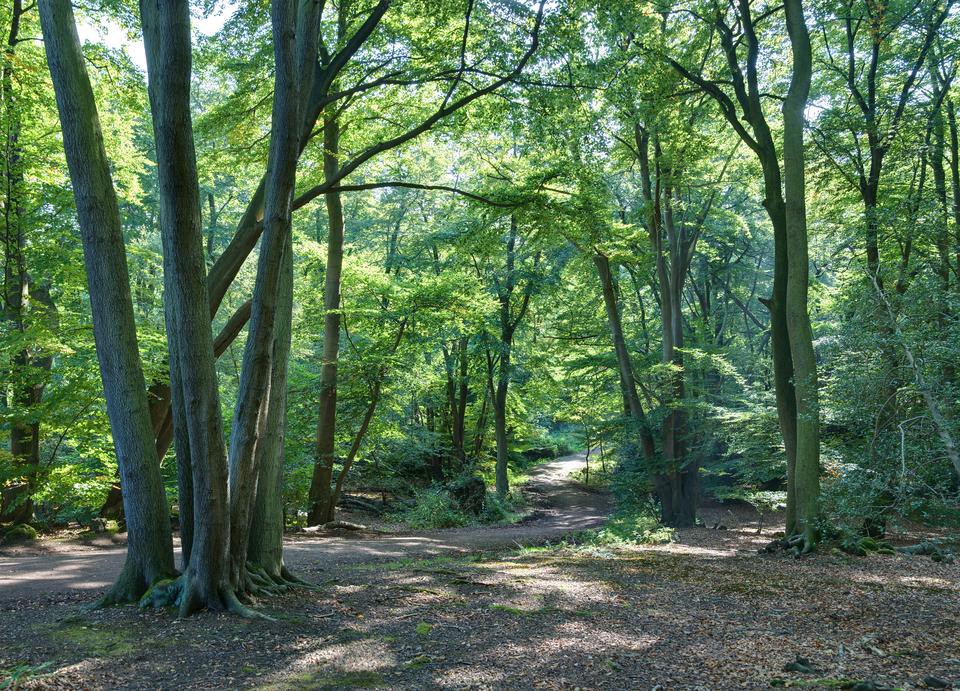
Jahanpanah City Forest. © Ixigo
Nehru Park
Nehru Park is situated in near the heart of the city, in the Chanakyapuri Diplomatic Enclave of New Delhi. Established in 1969 to balance out the tremendous growth in city infrastructure, it is now one of Dehli’s most famous parks. The well-manicured gardens, sloping green lawns, and beautiful, tall trees are a testament to the work that has gone into maintaining this park. It is frequented by joggers and walkers in the early mornings and is a favourite picnic spot for families. The park also offers yoga classes in the mornings as well as numerous social events including music concerts. The park is open to the public and free of charge.
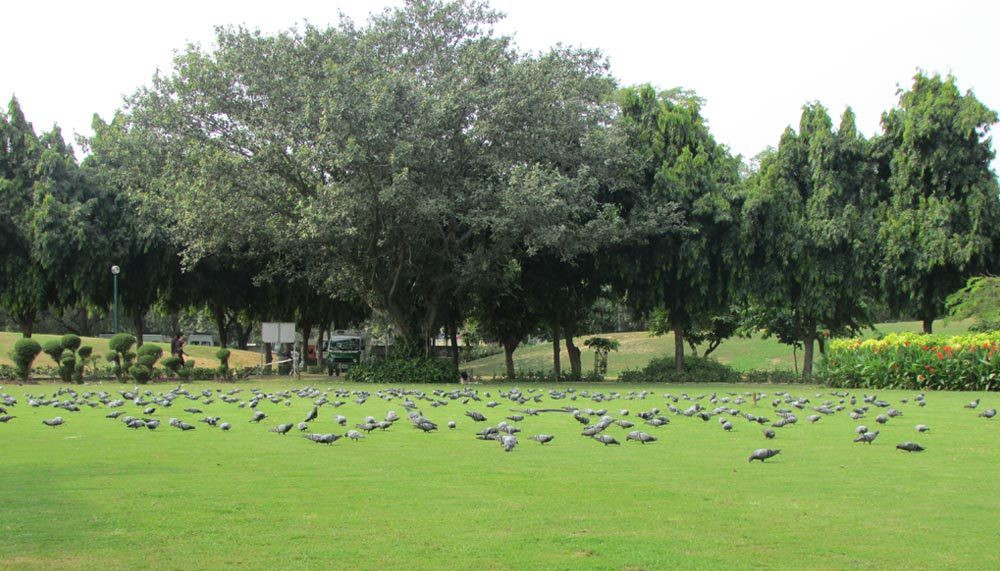
Deer in Deer Park. © Chetan Apa via TripAdvisor.com
Nehru Park © So Delhi
Garden of Five Senses
The Garden of Five Sense was opened in 2003 and was designed to stimulate all five senses with its colourful gardens, flowering shrubs and ground cover. It is 20 acres of formal gardens complete with channels of water and fountains of light and sound. The park features 25 different sculptures and murals and is the most extensive collection of public art in the country.
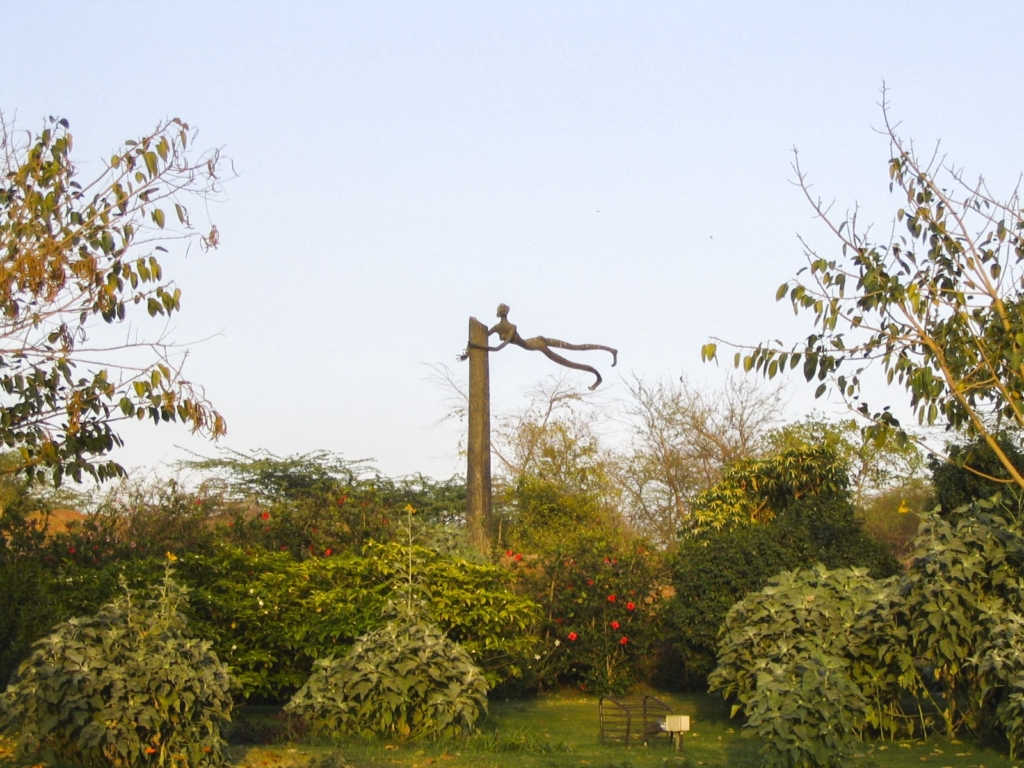
Roshanara Garden
Built by the Mughal Princess Roshanara Begum, these gardens house ruins of her palaces as well as her tomb. The gardens are vast, ranging from pristine to rugged with a mix of wide open spaces, shrubs, orchards, and forests. Many of the woods contain ancient trees and attract a variety of bird species. Winter calls for great bird watching with many migratory birds visiting the pond in the garden. Bats, squirrels, and kites are also frequently seen. This park is unfortunately not safe to visit after dark.
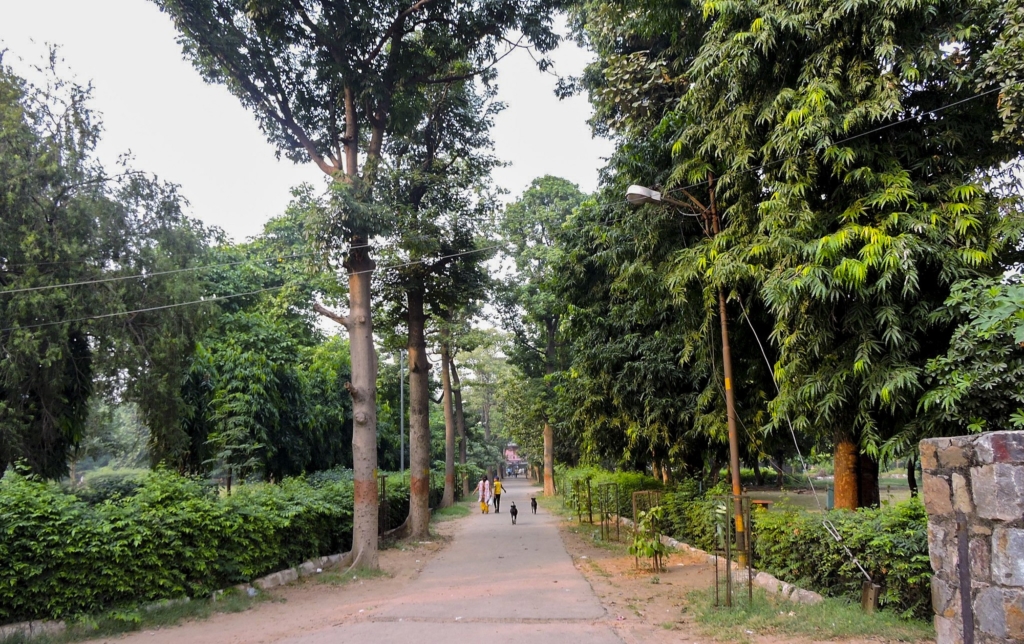
A view of Roshanara Garden. © By Harvinder Chandigarh, via Wikimedia Commons
Sources: Wikipedia, TripAdvisor, SoDelhi.
